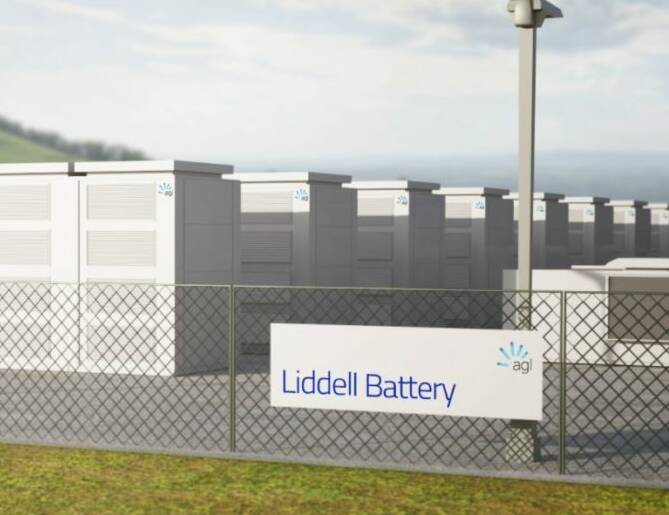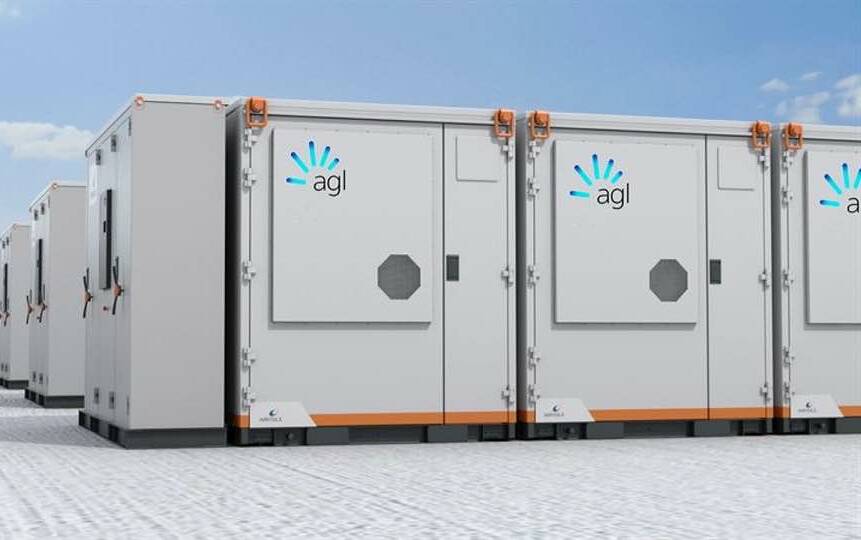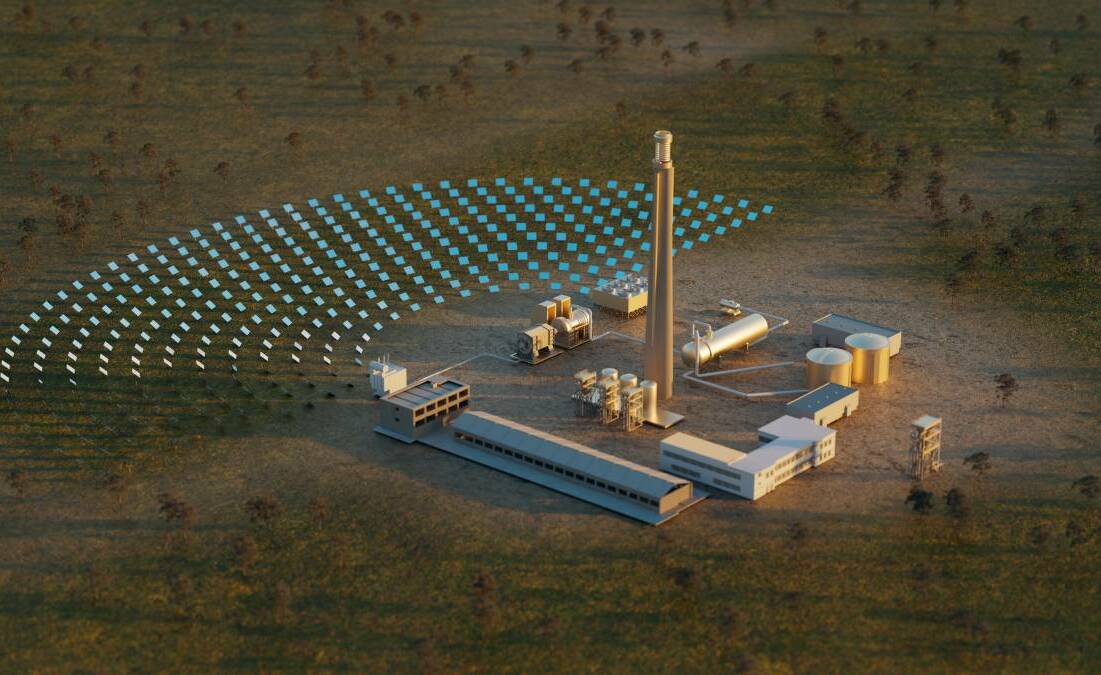The financial case for AGL's planned 500 megawatt battery at the site of the former Liddell Power Station has received a major boost from Australia's largest tender for firmed capacity.
The capacity tender - jointly funded by the NSW and federal governments - was created help to fill a potential supply gap from the scheduled closure of the 2.8 gigawatt Eraring power station in August, 2025.
The grid-scale lithium-ion Liddell battery will provide up to four hours of storage capacity.
The battery will have an expected a 20-year operational life and will be built in three stages. The first phase of the project involves the installation of 150MW of battery storage.


AGL is expected to make a Final Investment Decision on the project before the end of the year.
"We welcome the inclusion of AGL's Liddell battery in the list of LTESA funding arrangements announced today," AGL chief operating officer Markus Brokhof said.
"We continue to progress the development of the Hunter Energy Hub and the Liddell battery, and we are working towards making a final decision this calendar year. In August, this year we opened AGL's first owned and operated grid-scale battery at Torrens island in Adelaide."
The Liddell Battery was one of six clean energy projects with a combined 1,075 megawatts of reliable capacity that were announced on Wednesday.
Federal Climate Change and Energy Chris Bowen said firming infrastructure was the key to enabling the rollout of more renewable generation, the cheapest, cleanest form of energy available.

"Four gigawatts of dispatchable power left the grid over the past decade with only 1GW to replace it - announcements like today's are the result of Governments getting on with the job of delivering a cleaner cheaper grid for NSW," he said.
NSW Minister for Climate Change and Energy Penny Sharpe said the projects were critical for energy security in NSW as we transition to a cheaper, cleaner energy system.
"We have no time to waste as coal-fired power stations retire. We must get more renewable
energy into the grid - backed by storage and flexible demand - to keep the lights on and
meet our net zero targets," she said.
The AGL battery is part of AGL's plan to establish an integrated, low-carbon energy hub at the site of the site of the former coal-fired generator, which was closed earlier this year.
The hub will feature a $1 billion-plus portfolio of industries including agriculture, clean energy and firming technologies, composting, coal ash recycling, green metals and advanced manufacturing.







